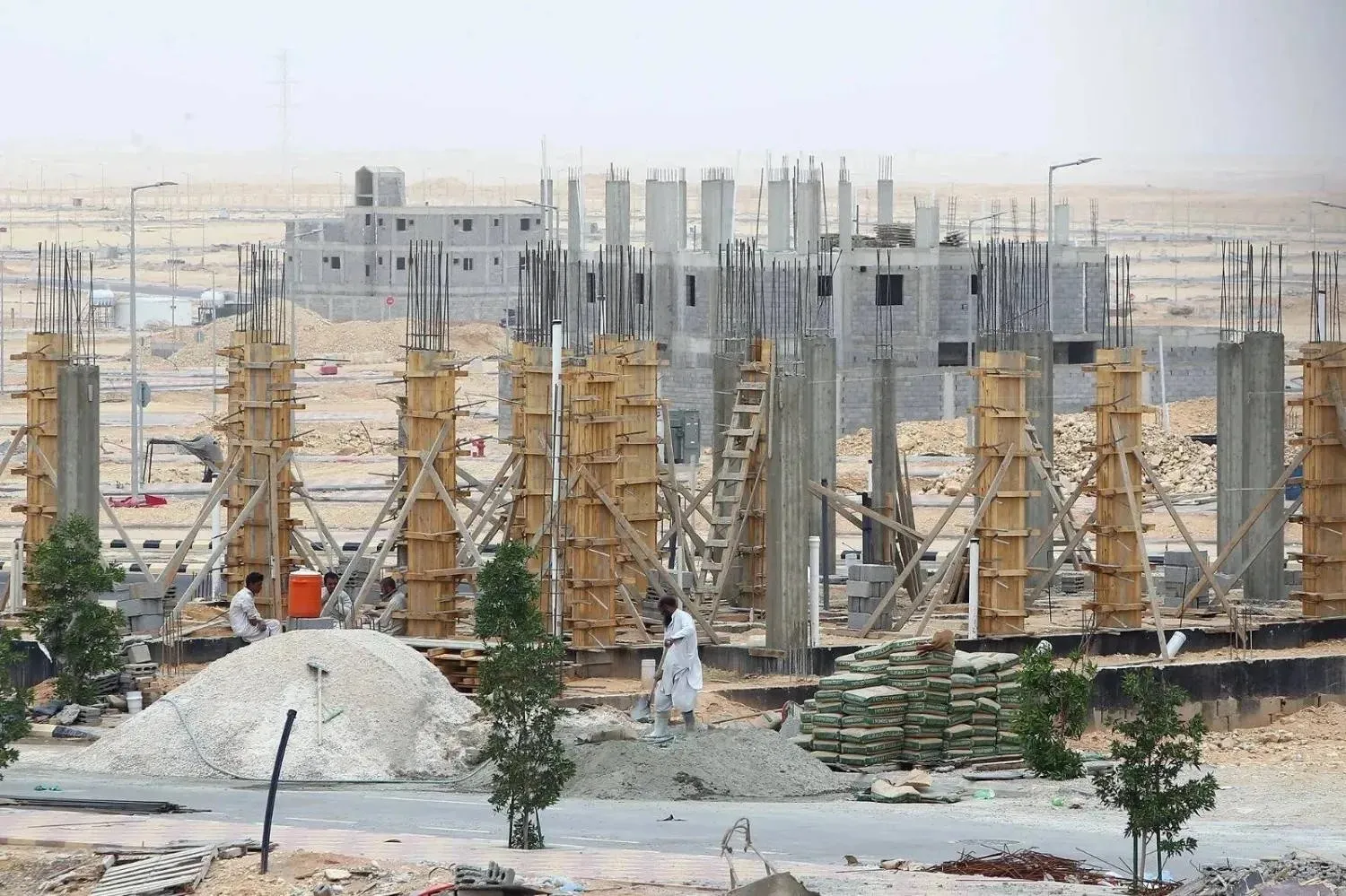Saudi Energy Minister Prince Abdulaziz bin Salman recently announced an investment of around one trillion riyals ($266.40 billion) in clean energy generation.
In late 2022, the UAE announced an investment of $100 billion, in partnership with the United State, to implement clean energy projects in the two countries and around the world.
The moves reflect the determination of these oil-producing countries to diversify their economies and energy sources, and to play their role and duty in facing the repercussions of climate change.
As the region prepares to host the Conference of the Parties to the United Nations Framework Convention on Climate Change, known as COP 28, in the UAE in November, voices were raised, accusing the oil and gas sector of causing climate change problems and calling to stop production and use of those resources.
Ignoring responsibility
Climate change activists convey a range of contradictions and misinformation, as their countries have been burning coal for centuries, which is the most carbon-emitting fuel.
These countries have already completed the construction of their basic infrastructure and the development of their economies, while some environmental activists are calling for stopping oil and gas production in developing countries, which are still working on establishing their infrastructure and building their economies.
They are ignoring the world’s inability to stop oil and gas production immediately or quickly without leading to a global meltdown.
In remarks to Asharq Al-Awsat, Dr. Khaled Batarfi, a professor at AlFaisal University in Saudi Arabia, said: “Some are working to politicize the issue and profit from it. Each party blames the others, as the West did by holding oil-producing countries responsible for polluting the universe, and thus demanding compensation for those affected.”
“Politicians also used slogans to win votes, and failed to meet most of their promises, especially when they clashed with interests,” he remarked.
He continued: “Although we have not yet been affected by global warming, as have the countries of the northern hemisphere… we are part of this world, and whatever befalls it affects us.”
Batarfi stressed that oil producing countries were accused, “unjustly and arbitrarily, just because we produce oil, and they forget that they consume the most of it, and cause carbon emissions.”
“Our countries are ahead in discovering solutions and implementing them on the ground,” he noted.
He pointed in this context to the Kingdom’s Green Middle East and Green Saudi Arabia initiatives, solar and wind energy projects, green hydrogen, and blue ammonia. He also emphasized the adoption of renewable energy in Saudi Arabia’s new cities, such as NEOM.
“The West is lecturing, while Saudi Arabia is working and achieving. There is a big difference between those who achieve and those who raise slogans,” he remarked.
Life products
Oil is not only a source of energy. The use of petrochemical products, including the uses of plastic in medical tools and equipment, has brought about major transformations in the medical sector.
For example, old medical syringes were made of glass, and their use required boiling them for ten minutes to sterilize them. Today, pre-sterilized plastic syringes are used for one time, and they contributed to the speedy delivery of treatment.
Preserving the environment in this aspect has been addressed through recycling, and not throwing plastic waste into landfills or seas.
Eng. Othman Al-Khowaiter, an expert in the future of energy sources, told Asharq Al-Awsat that some were trying to downplay the importance of oil, and predict that it will soon be dispensed with.
He added that they praise the emergence of electric vehicles, while ignoring the great importance of hydrocarbons for the petrochemical industries that supply the world with countless types of industrial and consumer products.
Where is the solution?
Reaching effective solutions requires a realistic scientific diagnosis of the problem. In fact, greenhouse gases that cause global warming include: methane, carbon dioxide, nitrous oxide, hydrochloric acid, fluorocarbons, and others.
These gases have many sources, including agricultural and livestock activities (methane), industrial and domestic activities (carbon)... and others. But when some activists focus on one type of gas, such as carbon, and on one sector, such as oil and gas, this raises questions about their real intentions.
Moreover, electric cars need rechargeable batteries, the production of which requires minerals such as lithium. Mining these minerals causes a lot of emissions.
Here, it is necessary to take into account the source of electricity these cars will need, which raises questions about the industrial and economic cycle that will arise and the extent to which it causes emissions, and who will be the real economic beneficiary.
Conferences of the Parties
With all these challenges and proposals, all eyes turn to the next Conference of the Parties, which the UAE will host at the end of the year, with Dr. Sultan Al-Jaber, Minister of Industry and Advanced Technology, being selected to head the session.
Al-Jaber had confirmed on several occasions that the vision of his country’s leadership was to invest in depleted resources, such as oil and gas, with the aim of building sustainable resources for renewable and clean energy.









